Mistral and its brethren
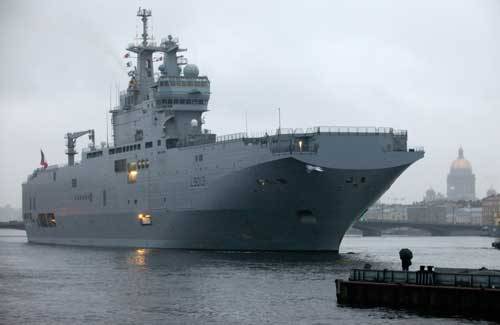
Plans for the acquisition of the Mistral-type ships for the Russian Navy are causing heated debates: really, as they say, the world has come together, how they look against competitors and what they can do, why our country cannot build such ships on its own, and do we really need to get them?
I'll start by answering the last question. The power of the modern naval forces of the West is based not only on aircraft carrier formations. Not less, and sometimes more important role is played by expeditionary strike groups (EUG), the core of which are universal landing ships (UDC) with subunits of marines, aircraft of different classes, military equipment and boats on board. Without the UDC, operations under the concept of “fleet against the coast” are unthinkable; they are the basis of the amphibious forces of the current fleets. The most powerful forces of this kind (as well as large, well-armed marines) have the US Navy.
AMERICA - THE HOMELAND OF "UNIVERSALS"
Actually, the concept of a universal amphibious assault ship was born in the United States. This happened during the Vietnam War, when the US Navy was faced with the problem of coordinating the actions of various types of amphibious assault ships, carrying out the landing of troops and performing various tasks. So, the dockships carried the landing craft, the tank landing ships carried out the transportation of ground equipment. Marines were stationed either on transport ships or on landing helicopter carriers. The latter were represented either by ships rebuilt from obsolete Essex aircraft carriers, or by new combat units of a special Iwo Jima type structure. It is not surprising that the landing of disparate forces from ships of different types turned into a very difficult task requiring excellent coordination.
In addition, it was necessary to remove the landing ships from the landing zone in order to protect them from the effects of enemy coastal batteries. The optimal distance was 140-180 cable (about 30 km). Moreover, the landing time still could not exceed 30 minutes, so that the enemy did not have time to tighten reserves. As a result, it was necessary to create high-speed landing boats, including hovercraft, capable of quickly delivering heavy equipment to shore, including Tanks.
A striking example of the modern UDC are in the ranks of the US Navy ships of the type "Tarawa" and "Wasp." Their displacement ranges from 34 thousand tons ("Tarawa") to 40 with odd thousand tons ("Wasp"). In size and appearance, they roughly correspond to the heavy aircraft carriers of the Second World War. These UDCs can carry a fully equipped marine infantry battalion (up to 1900 people, actually a regiment), up to 40 aircraft, including heavy Chinook or C Steel helicopters, Supercogra rotorcraft, vertical take-off and C-class fighters Harrier. In addition, the UDC has dock cameras in which there are from two to eight (depending on size) amphibious air cushion vehicles with a carrying capacity from 30 to 200 tons or a greater number of smaller landing craft with a carrying capacity of several tons.
We should also mention the new UDC “America” - the lead ship of this type is currently under construction. Unlike the Tarawa and the Wasp, it does not have a docking chamber, due to which the size of the hangar deck and the number of the wing are significantly increased. Thus, this UDC is intended for the landing of airborne units of the Marine Corps, which are more flexible than the traditional "heavy" battalions and can provide them with more effective air support.
At first glance, this solution looks like a rollback to Iwo Jima class ships and rebuilt Essexes, but this is not so. The more spacious hangar and flight decks allow the “America” to carry more aircraft than the “Iwojim” (45 000 tons) and “Essex” (18 000 tons) with a displacement of 30 000 tons, while the heavier ones - up to the convertible planes MV- 22 Osprey.
Dramatically expands the capabilities of "America" introduction to the composition of the wing of the fighter short take-off and vertical landing F-35, tactical and technical characteristics of which in all respects exceed the performance characteristics of the outdated "Sea Harriers".
In general, "America" is becoming an ideal tool for new wars - local conflicts of low and medium intensity, where the role is played not so much by the power of the armor and the volley, but by the speed of reaction and mobility, which this ship fully provides. In combination with UOD type "Uosp", which remain in the composition fleet The USA, “America” will give the Pentagon an opportunity to respond flexibly to changes in the situation, sending precisely those forces that are needed in this place and at the present time to zones of heated or potential conflict.
EUROPEAN AND SOVIET VARIATIONS
Universal amphibious ships are also part of the fleets of other countries. For example, the command of the British Royal Navy has the UDC "Ocean". It is smaller than the Tarawa and Wasp (displacement - slightly more than 20 thousand tons), it carries up to 800 marines, about 20 aircraft and 2-4 landing craft. Oceans yield to American ships and speed: 18 nodes against 24-25.
A very interesting combat unit with great capabilities is the Italian aircraft carrier “Cavour”, which combines the properties of an amphibious assault helicopter carrier, a light aircraft carrier, an anti-submarine ship and a control ship: there are special facilities and equipment for operation of the expeditionary staff and personnel assigned to more than 140 personnel . “Kavur” is able to deliver a battalion of marines (325-500 people) to its destination and land it with the help of EH-101 helicopters (up to 16 machines on board). Sea Harrier airplanes are providing airborne support, and in the future the F-35 will probably be based on the ship.
The Spanish ship “Juan Carlos I” also has considerable potential. True, unlike the Kavura, it is more “sharpened” for amphibious operations - it does not have such high speed (21 node against 28-29), but it is equipped with a dock-camera and transports marines with equipment and armament to 1000. The ship can also be based not only helicopters, but also aircraft such as "Harrier" and F-35B.
It should be noted that the need for such combat units was understood in our country. In the Soviet Union, the UDC of the 11780 project was actively developed and even two ships of this project, the Kremenchug and Kherson, were ordered, but the collapse of the USSR did not allow them to be commissioned. In terms of their performance characteristics, they were a cross between Ocean and Tarawa. With a displacement of about 25 thousand tons, the Soviet UDC had to carry up to two battalions of marines (1000 people), up to 30 aircraft and, of course, amphibious assault ships - from 2 to 4 (depending on size) or more the size of landing craft.
Spanish ship "Juan Carlos I"
However, the domestic UDC, which our naval wits managed to christen "Ivan Tarava", also had a number of beneficial differences from the western ships. Soviet designers initially laid in the project a powerful power plant, allowing to develop the course to 30 units, and very powerful weapons, including medium-range air defense systems and AK-130 artillery, which greatly increased the survivability of the ship and its ability to support the landing.
It should also be noted that high speed allowed using the UDC of the 11780 project as an anti-submarine ship. Currently, such "universalists" are very necessary for the Russian Navy, including for conflicts such as the war with Georgia in August 2008, or to patrol the dangerous waters of the Gulf of Aden.
Project 11780 - "IvanTarava"
NEED BUT WITH CHANGES
However, now the Russian defense industry is not able to quickly reanimate the 11780 project. To update the fleet landing forces, Russia, apparently, chose the French UDC of the Mistral type. According to available information, negotiations on the construction of these ships are in the final phase. Only the question of the degree of participation of Russian enterprises in the manufacture of the second and subsequent UDCs remains unresolved (for the time being it is planned to purchase four such ships for the Russian Navy). On the interest of Moscow in this contract, said President Dmitry Medvedev.
What exactly do we intend to buy, for what purpose, what will be the conditions of the proposed agreement and what tasks the Mistral will be able to solve as part of the Russian Navy?
UDC "Mistral", built on the project BPC 160, is a modern ship "projection of force", intended primarily for use in local conflicts.
Like other UDC, this ship can provide a long-term presence of the marine corps with aviation support at a remote theater and landing units of marines, including on an unequipped coast, with the help of landing boats and helicopters. The Mistral is also capable of fulfilling the functions of a control ship (headquarters ship) of a compound that solves peacekeeping tasks or carries out a “flag demonstration" in the conflict area. In addition, it is possible to use UDC as a base and a floating hospital in emergency zones.
The number of amphibious assault forces on this ship with a displacement of 21 000 tons is from 450 (during long voyages) to 900 (for a shorter time) of marines, air wing has either 16 heavy or up to 30 light helicopters.
Despite the statements of the command of our fleet about the need for such a ship for the Russian Navy, the opinions of specialists on this subject are divided. A number of experts believe that the most urgent task is the mass construction of corvette / frigate class ships, in the long run - a destroyer, to replace the rapidly aging TFR, destroyers and BOD that have been in service since Soviet times. However, there are other points of view: for example, the head of the Center for Analysis of Strategies and Technologies Ruslan Pukhov believes that the acquisition of such a UDC is justified considering the future needs of Russia, which in the coming 20-30 years will need a stable presence of its Navy as in the near sea zone, so in the oceans.
One of the key regions in this respect is the Russian Far East and, above all, the Kuril ridge. It is strategically extremely important for Russia, however, it practically does not have a developed military and civilian infrastructure.
UDC in these conditions is considered as a mobile element of the military infrastructure, allowing for the quick deployment of the necessary forces in the disputed area and ensuring their functioning. In addition to the Kuril Ridge and the Far East as a whole, such ships can guarantee a military presence in other strategically important regions, including Africa, Southeast Asia, the waters of the Antarctic and other areas of the oceans, where local conflicts are possible, potentially affecting the interests of Russia.
Today it is reported that the construction of the domestic UDC is planned to entrust the "Admiralty Shipyards" in St. Petersburg.
It is necessary to dwell on the shortcomings of the Mistral. He, like many other warships of modern fleets, is made in order to reduce the cost of the project “according to commercial technologies” with significantly lower survivability requirements than warships. The armament of the French "universal" is limited to two launchers for launching melee missiles, two 30-mm anti-aircraft gun mounts and four large-caliber machine guns, as a result of which he needs a strong escort.
The internal layout of the ship is determined by the very high requirements for comfort for crew members and marines, who sacrificed the number of troops and useful areas of hangars and cargo decks.
The key issue at the moment is the amount of changes that can be made to the design of the Mistral at the request of the Russian Navy. At the moment it is known that the parties have agreed to supply the ship with a full set of electronic equipment, including a CICS and a navigation system. This increases the value of the acquisition - Russia gets the opportunity to become closely acquainted with modern military electronics of the West. At the same time, Russian air defense systems will be installed on the Mistral, and the Ka-27 / 29 and Ka-52 helicopters will be based in the UDC hangar, which will require a slight increase in its height. Machines of these types, by the way, landed on the deck of the Mistral during the visit of the French ship to St. Petersburg in November 2009.
However, it is not yet known whether the internal layout of the UDC will change and whether measures are planned to increase its survivability and combat stability. These changes, including an increase in the size of the landing party, the area of the hangars and the cargo deck, the strengthening of fire-fighting equipment, should increase the potential of the ship, making it more powerful and adapted to military operations. Taking into account the modular design of the Mistral, which is assembled on a slipway from ready-made compartments for various purposes and arrangements, such changes can be made quite easily. Without this, the ship can hardly be considered a successful acquisition for the Russian Navy.
After answering the question, in what form it is planned to acquire the UDC, it will be possible to know the final purchase price. At present, the cost of the ship of the BPC 160 project is about 400 million euros and, taking into account the required changes to the project, it will obviously increase. Since Russia intends to build three more Mistrals in its shipyards, it is possible that it will have to spend two billion euros.
Discussion of the contract is accompanied by a number of political curiosities: the possible emergence of the “Mistral” as part of the Russian Navy led to the concern of leaders of a number of neighboring countries from Georgia to the Baltic republics that were afraid of using UDC against them. By and large, such a position is a reflection of the traditional political “victim complex” for these states. It seems that speculations about potential “Russian aggression” by Tbilisi, Vilnius, Riga and Tallinn do not so much want to draw attention to the threat from the east, as they try to prevent the deepening and expansion of ties between Russia and France - one of the leaders of the European Union.
In this case, the Russian military leadership has already reported that the first Mistral will receive the Pacific Fleet. Undoubtedly, they can significantly strengthen it, but in order for the UDC to be effective, it is necessary to provide them with a full-fledged escort from the ships of the frigate / corvette classes, and what this escort will be is not yet clear. I want to believe that the state of the Navy will allow the active use of "universal", not allowing them to rust at the wall.
- Ilya KRAMNIK
- http://www.vpk-news.ru"rel =" nofollow ">http://www.vpk-news.ru
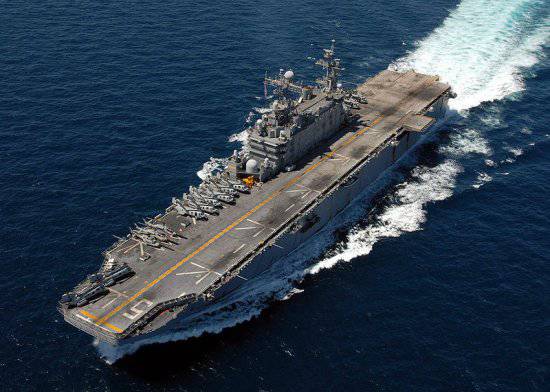
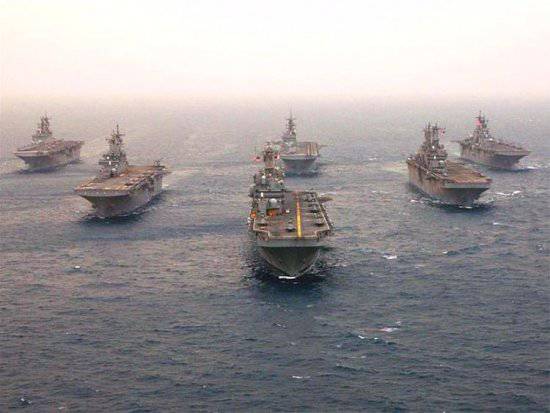
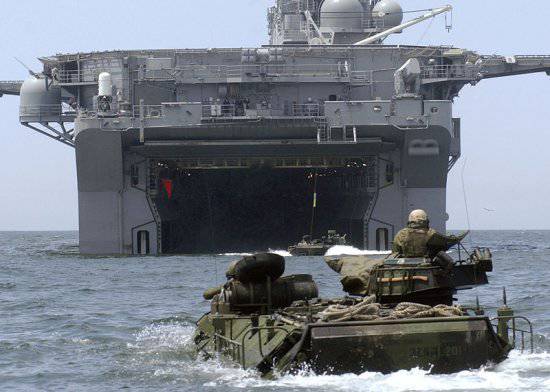
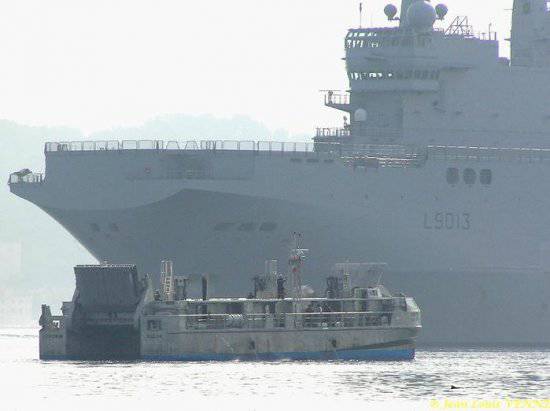
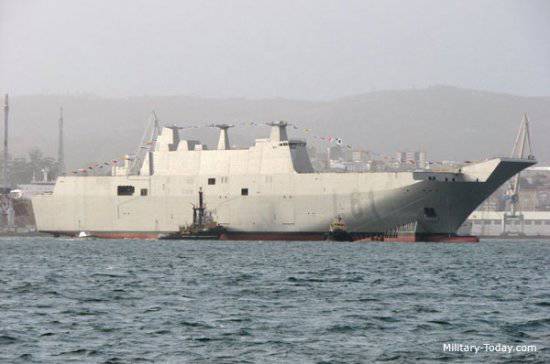
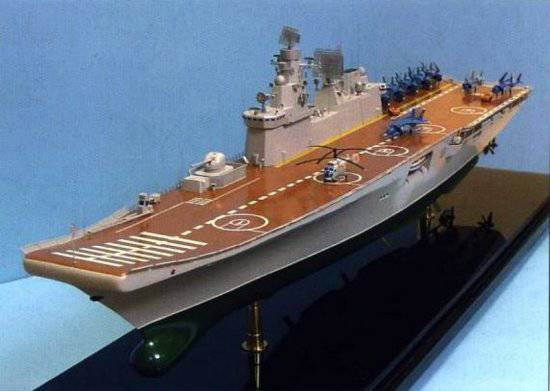
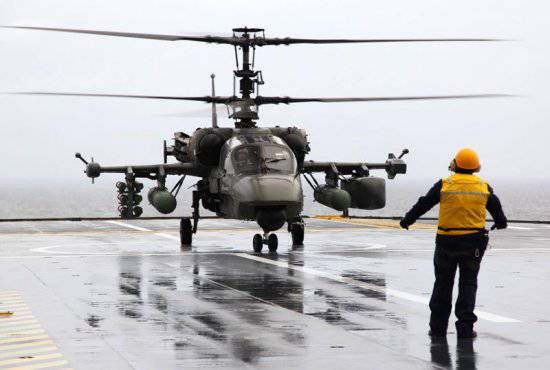
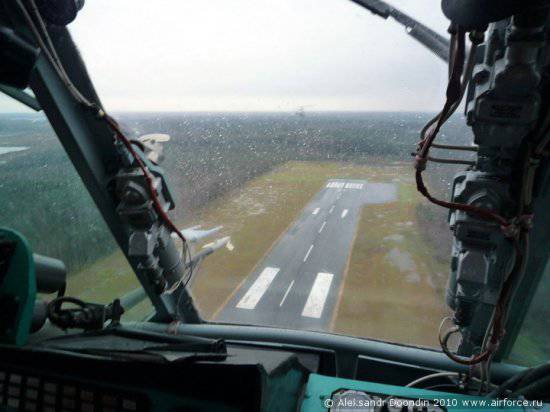
Information